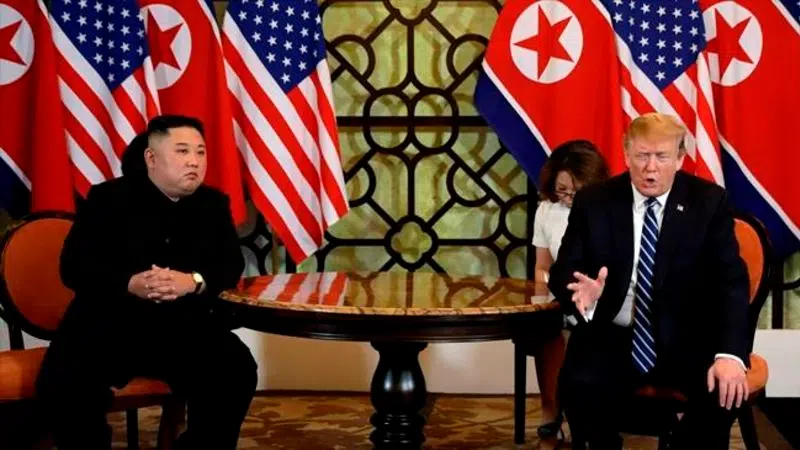
Kim oversees missile firing drills, tells troops to be alert
SEOUL, Korea, Republic Of — North Korean state media on Sunday showed leader Kim Jong Un observing live-fire drills of long-range multiple rocket launchers and what appeared to be a new short-range ballistic missile, a day after South Korea expressed concern that the launches were a violation of an inter-Korean agreement to cease all hostile acts.
Pyongyang’s official Korean Central News Agency said Kim expressed “great satisfaction” over Saturday’s drills and stressed that his front-line troops should keep a “high alert posture” and enhance combat ability to “defend the political sovereignty and economic self-sustenance of the country.”
The weapons launches were a likely sign of Pyongyang’s growing frustration at stalled diplomatic talks with Washington meant to provide coveted sanctions relief in return for nuclear disarmament. They also highlighted the fragility of the detente between the Koreas, which in a military agreement reached last September vowed to completely cease “all hostile acts” against each other in land, air and sea.



